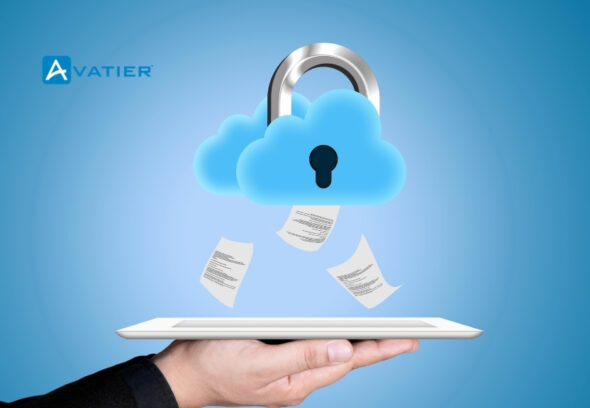ULM (User Life Cycle Management) Understanding
User Life Cycle Management (ULM) is an important part of contemporary HR management procedures. It focuses on user account management, access rights, and permissions across an employee’s life cycle within an organization. ULM provides employees with the required resources and access for performing their duties from onboarding to offboarding.
ULM covers many stages, the first one of which is user provisioning which is related to the creation and adjustment of user accounts. This first stage lays the groundwork for a seamless user life cycle. When provisioning is completed, user management takes over enabling HR teams to watch and change user information, permissions and roles as required. Finally, offboarding is the process of inactivating or deleting user accounts when employees exit the organization.
ULM Advantages For HR Processes
ULM implementation brings many advantages to HR processes. To begin with, it makes user provisioning more efficient, eliminating the need for manual work to create and configure user accounts. Automation is instrumental in this area as it helps HR teams to automate the entire user provisioning process. Automation enables organizations to do away with the requirement of doing repetitive manual tasks, hence, saving time and minimizing the possibility of errors.
Next, ULM improves security and compliance. Having ULM at their disposal, HR teams can guarantee that users have the required access rights according to their roles and duties. This also secures sensitive information and reduces the possibility of unauthorized access. Also, ULM helps organizations adhere to data protection laws by providing a system for tracking and managing user access permissions.
In addition, ULM enhances general operational effectiveness. Automating user provisioning and management enables HR teams to participate in more strategic activities rather than spending a lot of time on administrative duties. This helps to improve productivity and allows HR practitioners to focus more on recruitment, development, and employee engagement.
The Benefits Of Automation In User Provisioning
One of the main components of ULM is user provisioning, and automation is a very important part of optimizing this. Through automating user provisioning, organizations can greatly improve productivity and minimize the chance of errors. Automated provisioning systems can easily be integrated with the current HR systems and workflows, thus, sparing the users from manual data entry and reducing the instances of human error.
Automation allows for standardization and streamlining of the entire user provisioning process. Templates and roles can be pre-defined by HR teams to obtain consistency throughout the organization. The details of a new employee can be synchronized with different systems and applications, including email, network access, and enterprise resource planning (ERP) systems, automatically. This removes the necessity for HR teams to manually set up user accounts in each system, thus saving a lot of time and effort.
Automation also is a source of self-service for the employees. Using a user-friendly interface, the employees would be able to request access to a particular application or resource, which would then be provisioned automatically based on pre-defined rules and approval workflows. This enables employees to have control over their access needs while making the HR team less burdened.
ULM: HR Consequences.
The effects of ULM are very deep on human resources, changing the way HR teams work and the role they can play in the organization. By implementing ULM, HR professionals can change their attention from administrative work to strategic initiatives leading to employee engagement, talent management, and organizational development.
Automation allows HR teams to maximize the onboarding experience of new employees. Automating the provisioning process guarantees the new hires access to the needed tools and resources on their first day so that they can be effective and motivated from the very beginning. This flawless onboarding process creates a positive note throughout the employee’s career with the company.
Additionally, ULM provides correct user information. The movement of the employees within the organization, for example, transfers and promotions, can be easily monitored by the HR teams who can then promptly update user roles and permissions. This guarantees that the staff members always have the right access rights which in turn decreases the risk of security breaches and allows the company to comply with data protection laws.
Automation of user provisioning enables organizations to eliminate all manual tasks involved in the process, increase the level of security and compliance and also improve operational efficiency. ULM enables HR teams to concentrate on strategic activities that promote employee engagement and development. To release these advantages and feel the power of ULM, order your free trial now.




